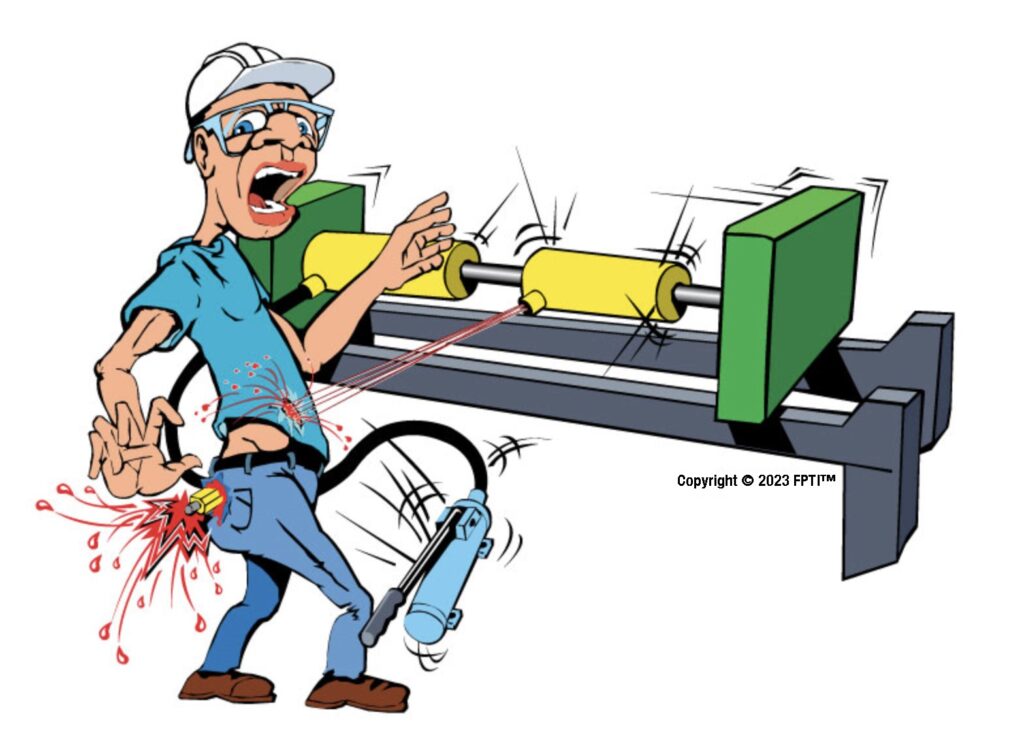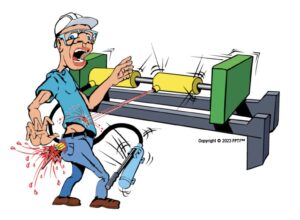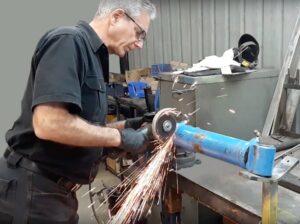The Potential Danger of Using an Unconnected Coupling
Portable hydraulic systems used for lifting, pushing, or pulling loads of several tons operate at pressures up to 10,000-psi (680 bar). Typically, they use portable hydraulic power units consisting of a hydraulic pump operated by manual, electric, or pneumatic power to actuate one or more rams —a single-acting cylinder with a rod that is the same diameter as the cylinder bore.
Naturally, not properly securing a load can lead to serious or fatal accidents. However, the portable hydraulic components themselves can also lead to serious consequences if not properly operated or maintained.
A Potentially Deadly Accident
One such accident raised an important question: Is the pressure rating of a quick-acting (quick connect/disconnect) coupling the same when its connected as it is when it’s disconnected? Results of an accident tell us it is not.
A worker was using a portable ram to raise a heavy load only a few inches. The ram’s stroke was too short to span the distance between the ground and the load, so he got creative: he used a second ram as a spacer. He connected the hose from a hand pump to the quick-acting coupling on the spacer ram. He then extended the ram until it spanned the required length. He then butted the active ram inline with the spacer ram and disconnected the hose from spacer ram’s quick-acting coupling and connected it to the coupling on the active ram.
He began operating the hand pump, and the pressure started increasing. Bear in mind that the spacer ram was full of oil and the quick-acting coupling was disconnected. As is often the case, this worker was not using a pressure gauge. This practice alone leads to many incidents with portable hydraulic systems. Without a pressure gauge the operator has no way of knowing what the pressure is, other than the hand-lever gets progressively harder to move.
Increasing pressure eventually caused the poppet in quick-acting coupling in the spacer ram shoot out with such extreme speed that it entered the operator’s side and exited from his back. An injury as serious as would almost certainly be fatal without the operator receiving immediate and extensive medical attention.
How Could the Accident Have Been Avoided?
First of all, proper safety training and putting it to practice could have prevented this accident. The operator also would have known not to use a second ram as a spacer instead of a proper structure.
This information was provided by Rory McLaren president, Fluid Power Training Institute, Salt Lake City. For more information, call (801) 908-5456, email info@fpti.org, or visit www.fpti.org.
By: Alan Hitchcox
After serving as a vehicle mechanic in the US Army, Alan attended college full time to earn a Bachelor of Science while also working full time for a power transmission and fluid power distributor. He then became a technical editor and wrote or edited hundreds of technical articles for 38 years, with the last 32 on Hydraulics & Pneumatics magazine before becoming semi-retired in 2020.










Leave a Reply
You must be logged in to post a comment.